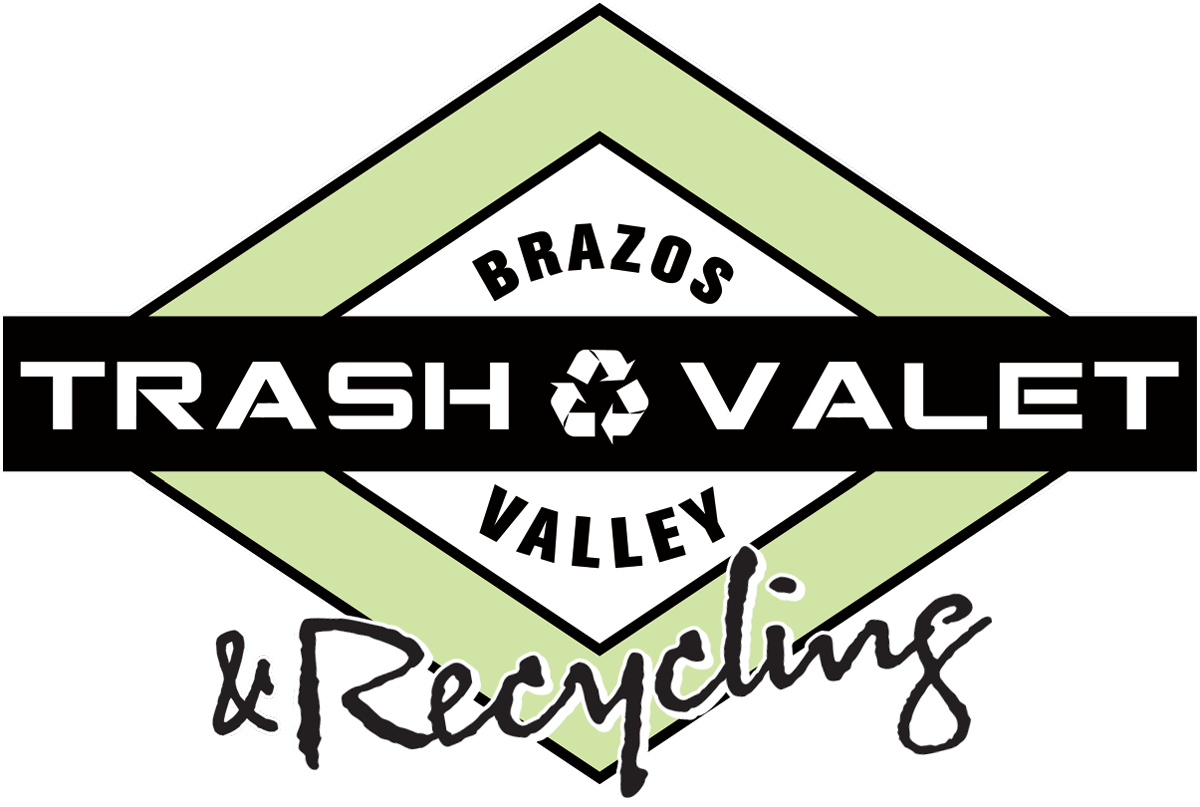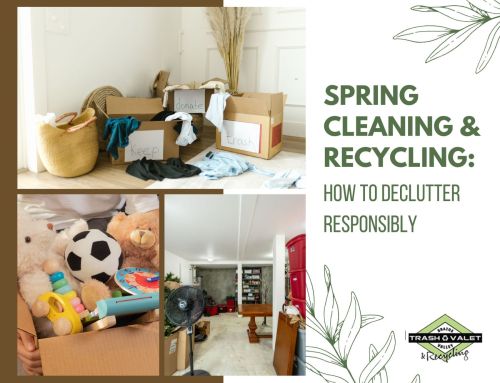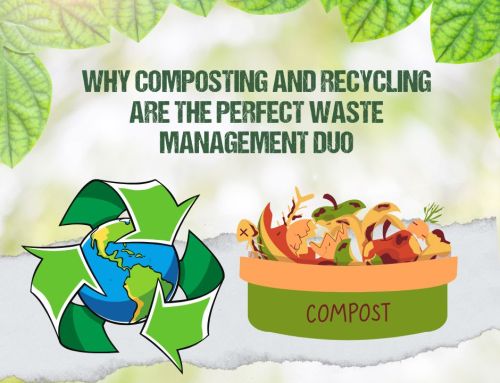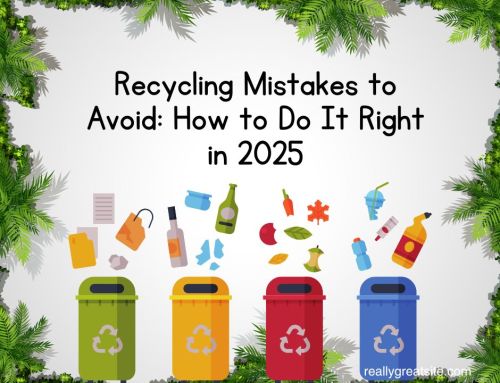Teaching Kids About Recycling
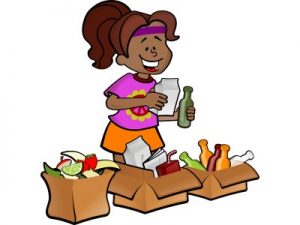 Recycling isn’t just an environmental movement. It’s necessary because the earth has limited resources. How can we preserve vital non-renewable resources for the coming generations? We can teach the next generation how to use resources wisely by recycling. How can we teach our children to recycle? Here are some great ideas to get started.
Recycling isn’t just an environmental movement. It’s necessary because the earth has limited resources. How can we preserve vital non-renewable resources for the coming generations? We can teach the next generation how to use resources wisely by recycling. How can we teach our children to recycle? Here are some great ideas to get started.
What is it made of?
One simple first step is to help children understand that everything is made of something. Paper is made of wood, plastic is made with petroleum, and soda cans are made of a metal called aluminum that comes from the ground. With this knowledge, kids can begin to grasp the idea that because we don’t have unlimited resources, we can recycle materials and use them over and over again.
Reusing materials for art
We often repurpose materials for children’s art projects without even thinking about it. Have you noticed that the bottom of a plastic bottle looks a little like a flower? It can be cut off of the bottle and painted. It can also be used to compartmentalize craft materials like beads. Also, old milk cartons can be cleaned out and turned into bird feeders. When you start to think about it, you can think of a lot of ways to reuse and repurpose materials to give kids a knack for recycling.
Recycling and repurposing
Find out what can and can’t be recycled locally and have a lesson explain the differences in the items. What do you do with something you can’t recycle? Does it have to be thrown away? See if the children can come up with ways to avoiding throwing things away when they don’t need to. For example, do you have to throw away a shirt that you’ve grown out of? You can use it as fabric for a pillow or a quilt. You can also give the shirt to a charity so another child can use it.
Teach composting
Go over what should or should not be placed in a home compost bin. Egg shells are ok, but not the whole egg. Meat isn’t good, but vegetables will work. Also, talk about what happens inside compost. Decomposers break everything down like little recycling plants making the nutrients in the material usable for other plants like flowers and vegetables.
Make sure the children understand that those little decomposers like certain conditions. So, compost heaps should be kept a little wet all the time. When they dry out, the decomposer leave or die. Also, a compost heap needs to have more than one kind of thing in it to make good compost. A variety of plant material and egg shells can make it even better.
Teaching kids to recycle will help them to have an appreciation for the materials we use every day and their value. It can also help children be conscious about their environment. As technology improves making us more efficient as a society, we can prepare the next generation to use resources wisely by recycling, repurposing and composting. Learning how to do those 3 things will help them to preserve the environment for generations to come.
Share This Story, Choose Your Platform!
Teaching Kids About Recycling
 Recycling isn’t just an environmental movement. It’s necessary because the earth has limited resources. How can we preserve vital non-renewable resources for the coming generations? We can teach the next generation how to use resources wisely by recycling. How can we teach our children to recycle? Here are some great ideas to get started.
Recycling isn’t just an environmental movement. It’s necessary because the earth has limited resources. How can we preserve vital non-renewable resources for the coming generations? We can teach the next generation how to use resources wisely by recycling. How can we teach our children to recycle? Here are some great ideas to get started.
What is it made of?
One simple first step is to help children understand that everything is made of something. Paper is made of wood, plastic is made with petroleum, and soda cans are made of a metal called aluminum that comes from the ground. With this knowledge, kids can begin to grasp the idea that because we don’t have unlimited resources, we can recycle materials and use them over and over again.
Reusing materials for art
We often repurpose materials for children’s art projects without even thinking about it. Have you noticed that the bottom of a plastic bottle looks a little like a flower? It can be cut off of the bottle and painted. It can also be used to compartmentalize craft materials like beads. Also, old milk cartons can be cleaned out and turned into bird feeders. When you start to think about it, you can think of a lot of ways to reuse and repurpose materials to give kids a knack for recycling.
Recycling and repurposing
Find out what can and can’t be recycled locally and have a lesson explain the differences in the items. What do you do with something you can’t recycle? Does it have to be thrown away? See if the children can come up with ways to avoiding throwing things away when they don’t need to. For example, do you have to throw away a shirt that you’ve grown out of? You can use it as fabric for a pillow or a quilt. You can also give the shirt to a charity so another child can use it.
Teach composting
Go over what should or should not be placed in a home compost bin. Egg shells are ok, but not the whole egg. Meat isn’t good, but vegetables will work. Also, talk about what happens inside compost. Decomposers break everything down like little recycling plants making the nutrients in the material usable for other plants like flowers and vegetables.
Make sure the children understand that those little decomposers like certain conditions. So, compost heaps should be kept a little wet all the time. When they dry out, the decomposer leave or die. Also, a compost heap needs to have more than one kind of thing in it to make good compost. A variety of plant material and egg shells can make it even better.
Teaching kids to recycle will help them to have an appreciation for the materials we use every day and their value. It can also help children be conscious about their environment. As technology improves making us more efficient as a society, we can prepare the next generation to use resources wisely by recycling, repurposing and composting. Learning how to do those 3 things will help them to preserve the environment for generations to come.
